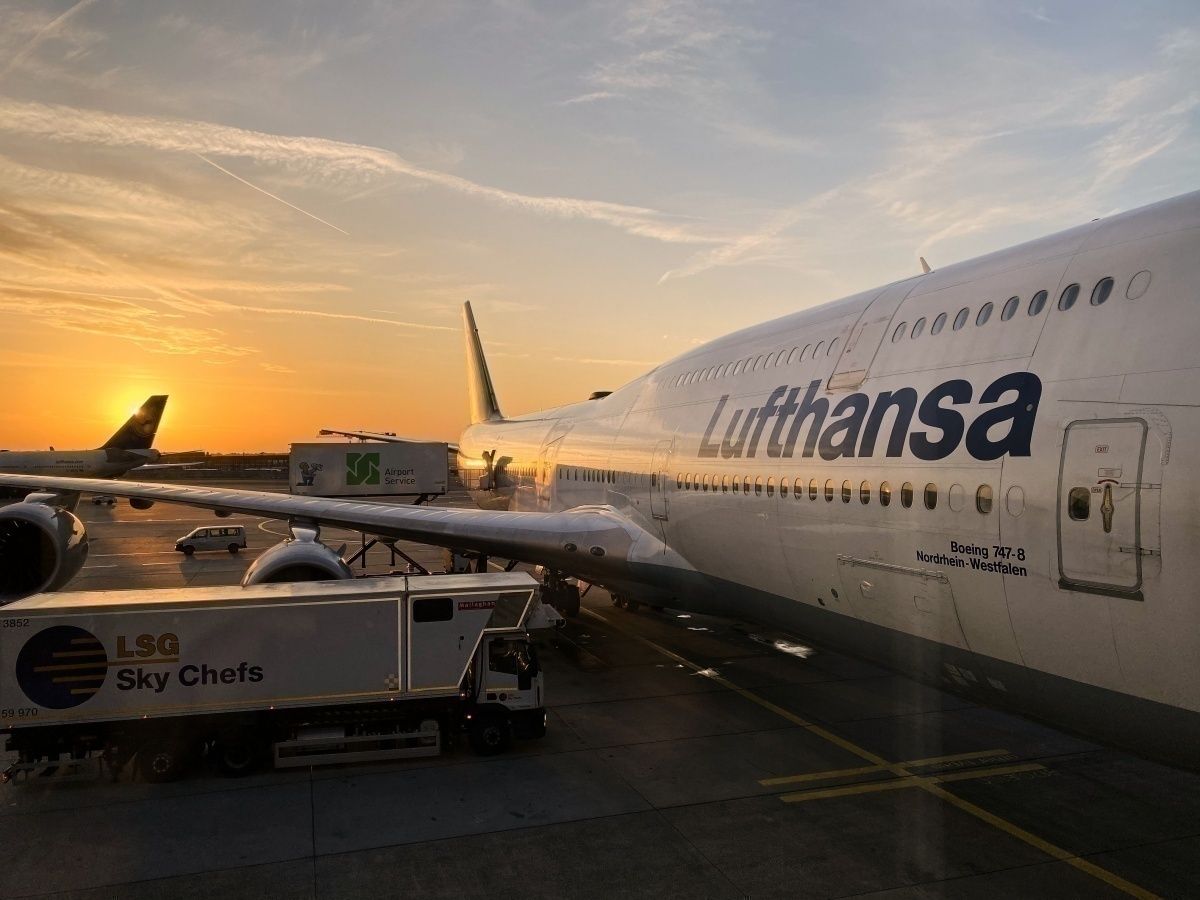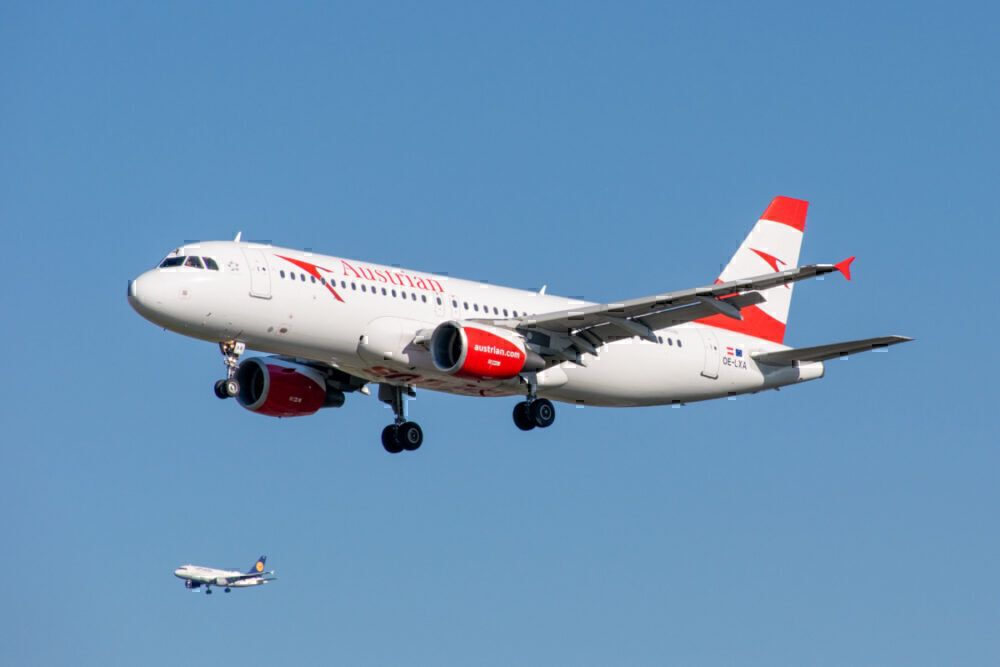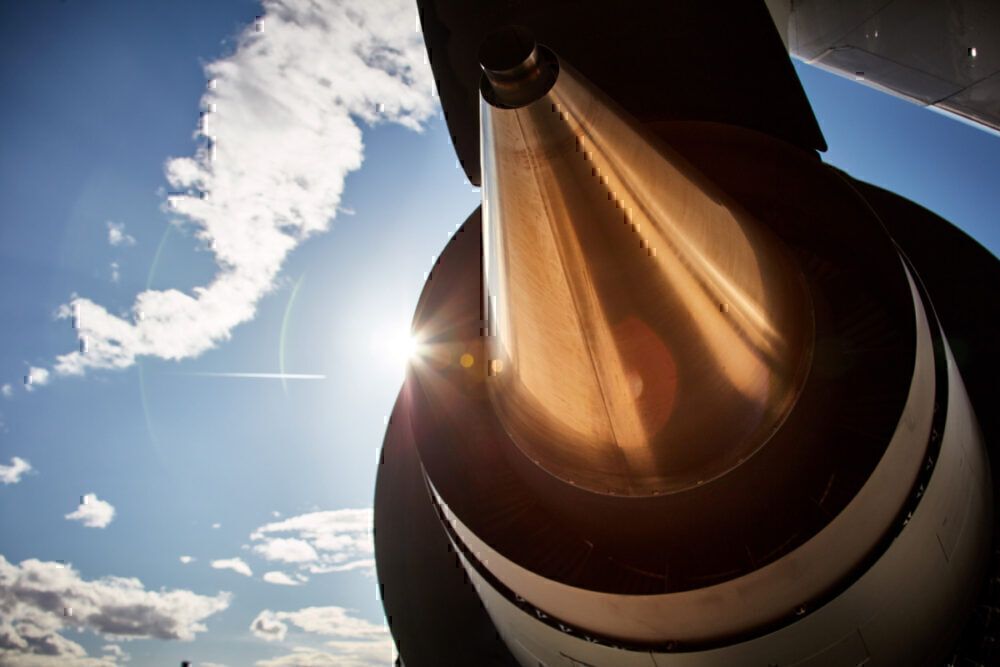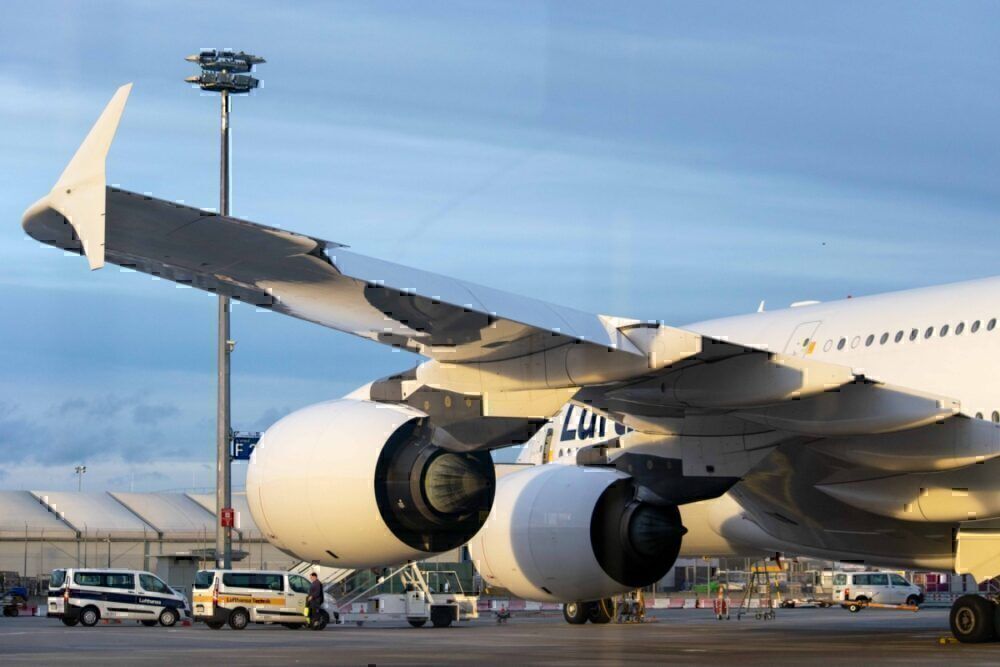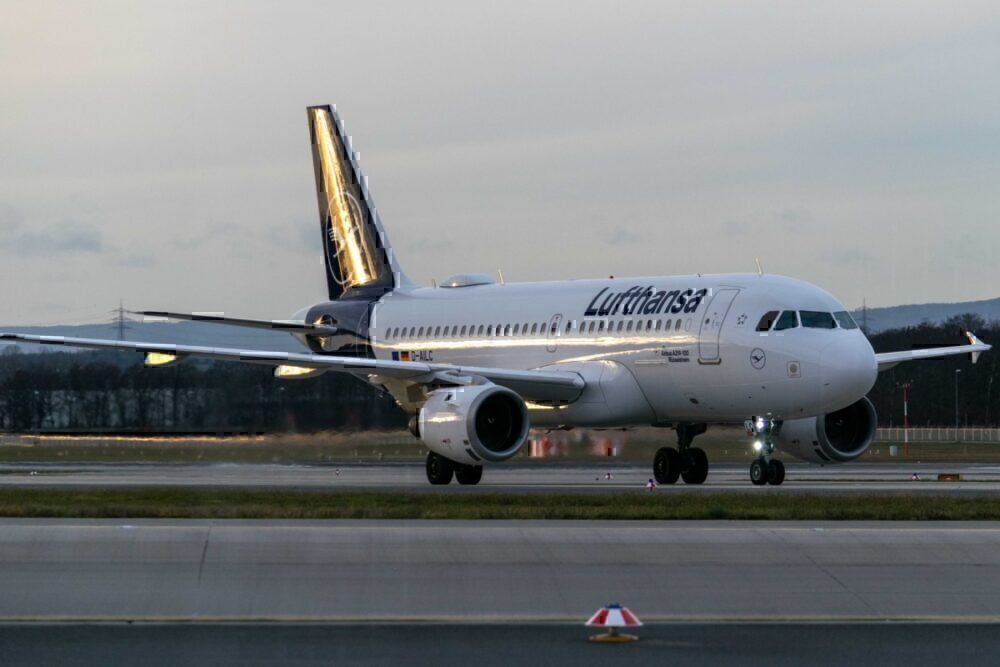Yesterday, the Lufthansa Group announced that it had signed a Letter of Intent to bring sustainable sun-to-fuel technology into its operation. The airline has long been invested in the use of alternative fuels; however, this brand-new technology is thought to be one of the most promising and innovative solutions.
Lufthansa Group signs new partnership to reduce CO2 emissions
Yesterday (15th May), the Lufthansa Group announced that it had partnered with leaders in sustainable fuel solutions to bring concentrated sunlight fuel to the mass market. Among those who the airline conglomerate is partnering with is Synhelion, a company that promotes solar fuels to the mass market. Another is Climeworks, which specializes in CO2 capture from the air. The Lufthansa Group hopes this new Sustainable Aviation Fuel (SAF) will drive its carbon-neutral growth in the coming years.
Although the aviation industry only makes up around 2% of global carbon emissions, it could consume around 22% of our worldwide carbon budget by 2050. All companies, not only airlines, are now looking to reduce their CO2 emissions to stave off the ill-effects of climate tipping points. The International Civil Aviation Organization (ICAO) set up the Carbon Offsetting and Reduction Scheme for International Aviation (CORSIA) back in 2016. Airlines are now due to make good on their promise to achieve carbon-neutral growth from 2020 onwards.
The Lufthansa Group has proved to be very proactive in its approach. Since 2011, it's been investing in the long-term testing of biofuels. It also says that over the next 10 years, the Lufthansa Group, which comprised Lufthansa, SWISS, Austrian Airlines, and Eurowings will be receiving one new fuel-efficient aircraft every two weeks. This investment could see fuel consumption and subsequent CO2 emissions reduced by up to 25% with every new purchase. However, the Lufthansa Group does not believe that new fleet developments are enough for it to meet its climate targets.
Turning sunlight into liquid gold
Back in June 2019, the ETH Zurich - a Swiss research university - announced that it had pioneered a new kerosene alternative. The university said that it had been able to turn concentrated sunlight into liquid hydrocarbon fuels essential for the transportation sector.
The technology works by carbon capture. The process extracts CO2 from the atmosphere and mixes it with water and concentrated sunlight, also known as Concentrated Solar Power (CSP). This produces synthesis gas that can then be converted into jet fuel.
The benefit of this new development is that it's completely carbon-neutral. The consumption of this new sustainable fuel only ever produces as much CO2 as was extracted from the atmosphere. As a result, it's a much cleaner and less resource-intensive method of producing jet fuel.
The Executive Board Member of Deutsche Lufthansa AG responsible for Customer & Corporate Responsibility, Christina Foerster, said in a statement:
"With the planned cooperation, we are once again underlining the importance of Sustainable Aviation Fuels for the goal of achieving aviation with a balanced CO2 sheet. The Lufthansa Group has been working hard for years to make flying ever more sustainable. Thanks to the forward-looking technologies and the cooperation with innovative partners in already two of our home markets, we are on the right track."
How does sunlight fuel compare to more conventional fuels?
When it comes to this alternative fuel, the environmental benefits are clear. However, there is a significant drawback in the implementation of this energy source: the cost. The Lufthansa Group says that SAFs can cost around three times as much as conventional kerosene. That makes it more difficult for airlines to adhere to their environmental commitments.
Yet, despite the cost, this sunlight fuel is a lot more promising than other methods of producing clean aviation fuel.
For example, the production of some biofuels can be taxing on other essential processes. The production of crops for fuel, as happens with some biofuels, is a direct competitor for the food market. We already produce crops for food and live animal feed. Producing crops for fuel, at a large scale, impacts how much food we can grow and, subsequently, how many people get fed.
The Lufthansa Group says that this sunlight technology is not yet ready for the mass market. The development is in the early stages, but it hopes in a few years the airline will be able to take-off on its first commercial carbon-neutral flight.
Does this alternative fuel sound promising to you? Let us know your thoughts in the comments.

